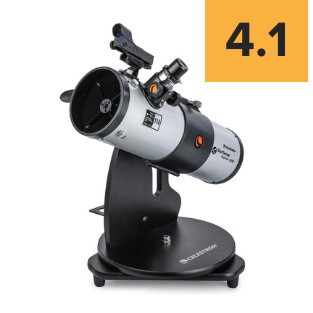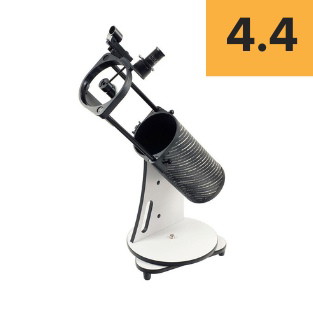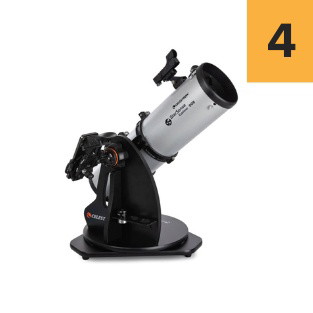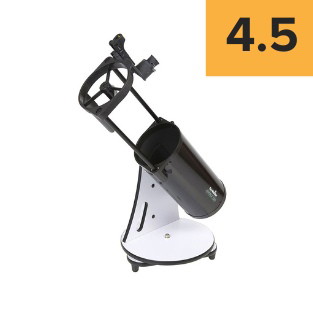Recommendable Refractor Telescopes Below $350 For Kids
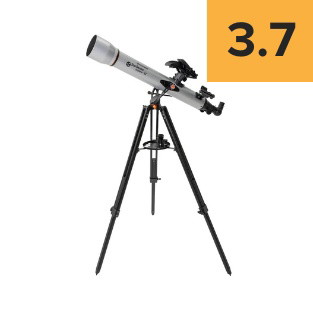
Ratings & recommendations last updated by Zane Landers on
I usually recommend a tabletop Dobsonian type of telescope for children, seconded by a refractor type of telescope. But your unique requirements might call for a different model.
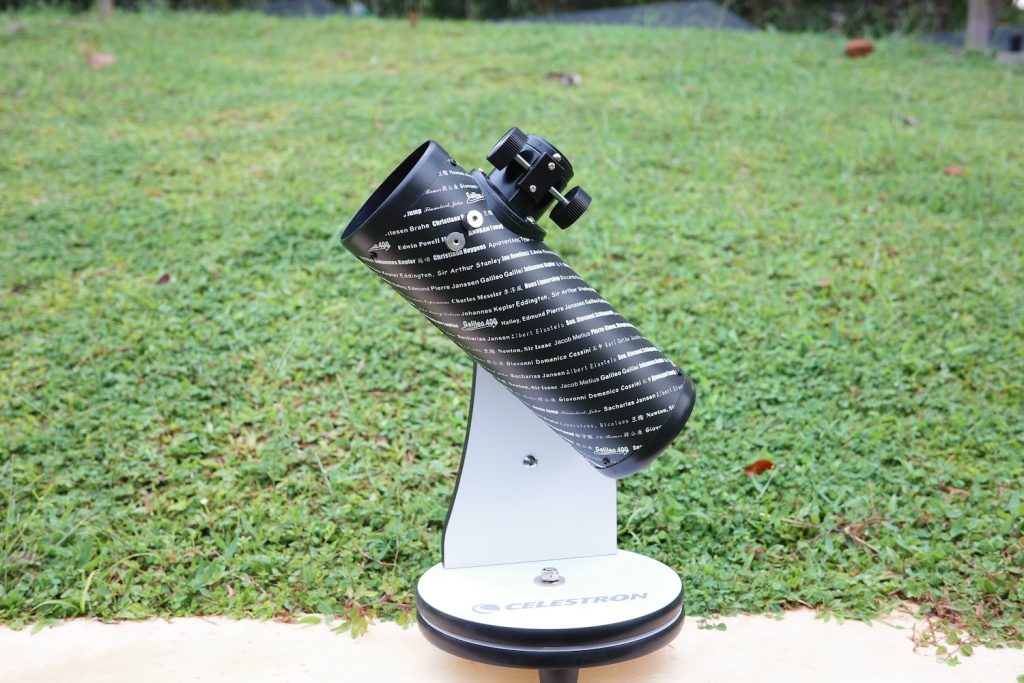
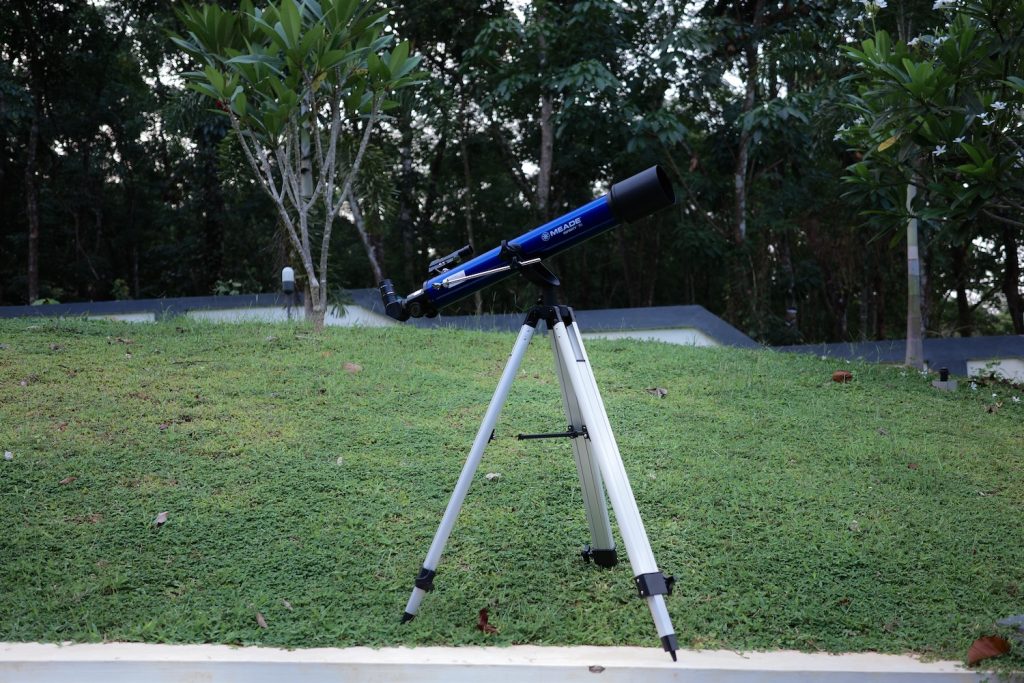
If you are curious about how I picked which made it to my elite kids’ best telescope list, let me first discuss the differentiators one by one below.
A young child under 5 is simply not going to be able to grasp the complicated concepts behind viewing anything besides the Moon and I don't foresee them using the telescope at all on their own. In such cases, adult guidance would be required from time to time especially since telescopes require a bit of knowledge and maintenance (storage, cleaning, collimation e.t.c.). Furthermore, there’s a high risk of them being unable to understand the danger of viewing the Sun with a telescope and blinding themselves.
If you have an older child or intend to always use the telescope along with your child, it may be worth reading our regular guide for purchasing telescopes. Over the age of ten or eleven, I think you might be better off picking a full-fledged, adult-sized telescope for your child to use.
For a real starter-quality telescope, I advise spending at least $150, though there are some kid-friendly, passable telescopes under that price. If you buy them a cheap junk telescope, you risk killing their enthusiasm for astronomy and permanently turning them away from it.
But, let’s face it. Are we sure kids have that long attention span that we expect them to go gaga over it for a long period of time? That’s next to impossible. Kids’ interests shift as quickly and as often as they switch channels from Disney Channel to Nickelodeon. So, it would be impractical to buy them something expensive that we expect to be in the storage room in a few weeks or even days. Unless you, an adult, can use it yourself, I guess you'd prefer to be called frugal rather than spend on something that won’t be used after the first few tries.
Kids would likely enjoy any gadget as long as they can carry them around, or at least they can move it from one place to another by themselves.
But still, you cannot expect every kid to have the same level of interest and attention. Mostly, the simpler the setup, the more kids would likely give it more time. We should also ensure that the telescope’s features can be appreciated by kids so that they’ll likely enjoy it for a long period of time.
Telescopes are not for everybody. How to know whether your kids like telescopes?
Test the waters first. It’s easy to gauge children’s interests if they talk about it all the time, if they ask questions, or when they directly ask you to buy them one.
That being said, before you buy your kids a telescope, make sure they are really interested. Don’t just assume that because you love the hobby, others do as well. This costly assumption will just potentially add junk to your attic. Trust me! No matter how other people tell you that fruits don’t fall far from the tree, they sometimes do!

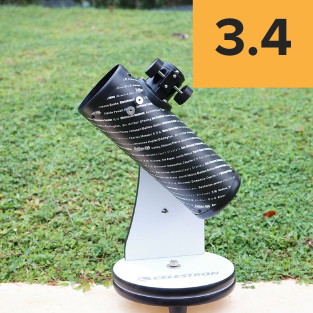
It has many, many issues befalling it, which shouldn’t be a surprise considering the price. For one, the primary mirror is spherical and thus it fails to deliver sharp images at “high” (really over maybe 40x) magnification. The eyepieces are… horrific. The 20mm Huygens (15x) works, but that’s about all I have to say about it. The 4mm Ramsden is literally useless and tends to get stuck in the focuser. But, still, its views of the Moon, planets, and a few select bright deep-sky objects will blow kids away if they're patient. That being said, the FirstScope will be crushed by a serious instrument of almost any aperture, even one slightly bigger at 100mm.
If you really must get a telescope for your child for around $70, the FirstScope or one of its 76mm clones will do it. But if you really want to give them a satisfactory experience, I’d suggest doubling or even tripling your budget.

